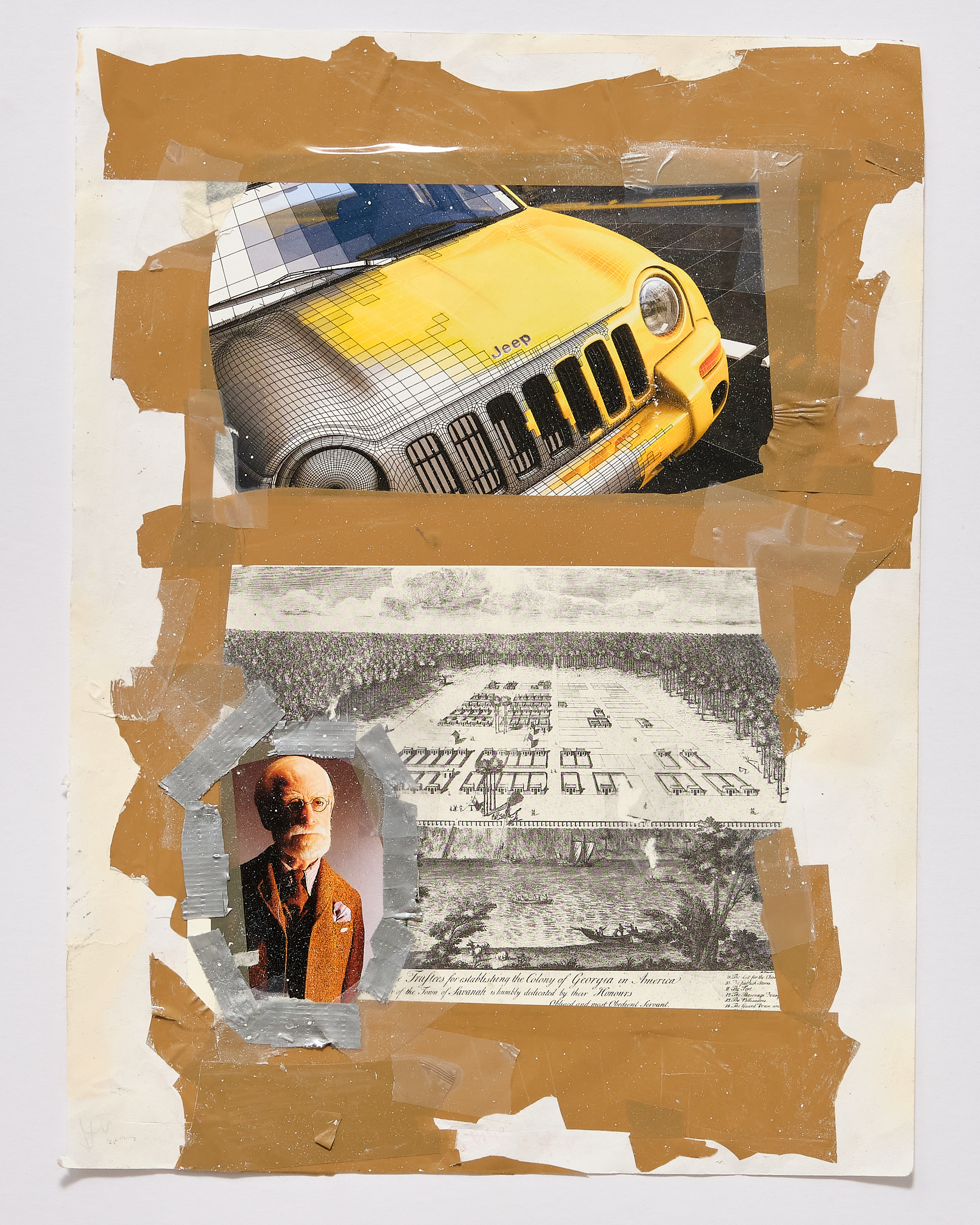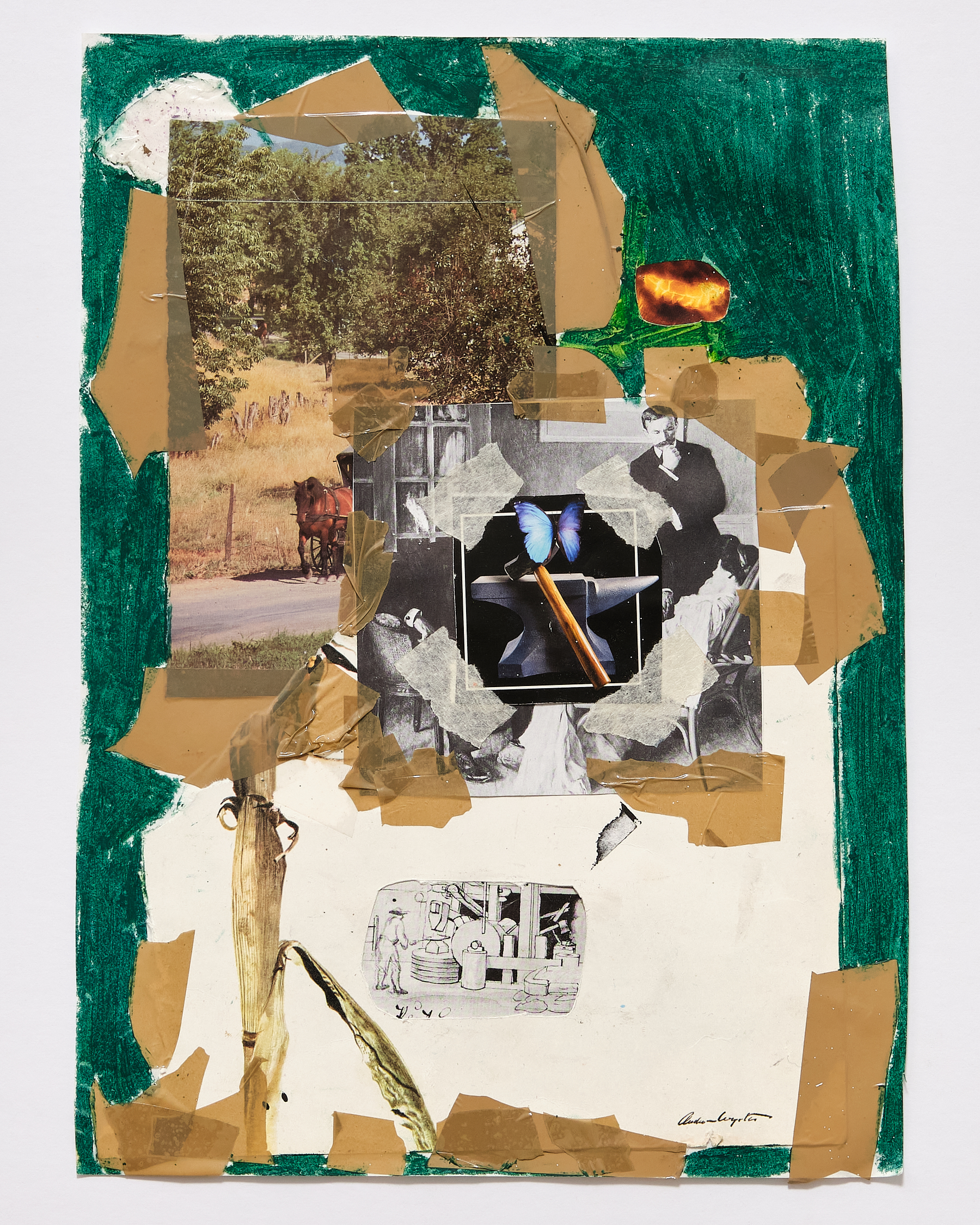Press Release
by Spencer Longo
Negashi Armada is a world builder whose illustrated environments serve as stages for the performance of human dramas and explorations into the niches of subculture. These allegorical scenarios are heightened by his cast of beefed-up and busty, consciously derivative C-list inspired comic book characters, whose equally fantastical and grotesque designs belie the artist’s more down-to-earth dramaturgical concerns. Growing up, he saw his father’s miniature stage dioramas built at home for his work as a set designer for tv and theater and was surrounded by his mother’s sketches and magazines for her undergraduate fashion studies. Simultaneously, he was immersing himself in the comic book boom of the 90s, devouring everything from mainstream hit franchises like X-Men and their low budget knockoffs to underground black power superheros his parents turned him on to. This combined with a burgeoning love of rap and the mythic, apocryphal beef that played out between its larger-than-life superstars to set a premium in his own work on the primacy of narrative and storytelling.
Reese Riley’s collages function as records; records of our industrialized, machinic past and its epochal arc towards the disembodied, post-industrial present, and as records of their own embodied creation. Many of their collages forefront the shipping, masking, and duct tape that hold them together, turning the structural components of the work into expressionist mark-making devices. Between the adhesive materials and collaged imagery, kinetic waves of oil pastels and scratchy fields of pencil marks create the illusions of force and movement, a nod to the impressionists and their industrial-era paradigm shift foregrounding the artist’s hand in art’s production. Displayed in vitrines, Riley’s collages are given an air of archaeological import, laid out like the pages of a metahistorical codex and featuring images of generation-defining individuals, art, and technological innovations– an unearthed mind map of our ever present modernity.
Painted directly on the walls of the gallery, Armada’s mural resists the commodification of the discrete art object and situates itself within a more populist visual vernacular. Reflecting the influence of commercial and entertainment media, his eerily familiar pop cultural language is refracted through bootleg and forgotten cartoon characters to disarm the viewer and lure them into its world. Developed through extra-academic means outside the traditional art school system, his provisional style is just that– concept art sketches, fragments of storyboards, and imagined promotional mockups for a more fully realized professional comic book production to come. Here again, the artist takes on the role of director in the proposed scenario, where professional illustrators and inkers bring the rough outlines of a world to life while Armada orchestrates the action.
Where Armada narrates, Riley observes, collects, and dissects. Featuring clippings from special effects magazines, architectural diagrams, images of urban sprawl and pastoral scraps of Andrew Wyeth paintings, Riley’s collages tease out connections that explode chronological reality and the technologies used to render and mediate it. A recurring theme in their collages is the transfer of force into energy. Force is cause and effect. Force is physics. Force is the sound of machines at work and metropolises at play. Energy, on the other hand, is something to be quantified, abstracted, and stored, mapped out on a chart or visualized on a screen. In Images of and as Modernity, Riley explores depictions of force by using a 19th century print of a worker at an iron forge juxtaposed against a slick, CGI rendering of a hammer and anvil with a realer-than-real blue butterfly delicately perched on top. The images simultaneously allude to their method of production, the image of the iron forge being manually printed from a hand-etched plate while the hyperreal anvil dissolves the disembodied labor of its 3D modeler’s hand, rendering it as ethereal as the iridescent butterfly. Behind the scenes special effects imagery also recur throughout the series, highlighting the turn in the digital era to producing simulated force on fabricated bodies. In As If the Connections Were Outside The Essay! two scenarios set on greenscreen show a hand laid prone on wood in one and a nail about to be hammered in the other: this virtual crucifixion only to be made manifest later, composited into a single airless scene within the dark confines of an editing bay, safely out of harm's way.
Negashi Armada (b. 1987, Atlanta) is a journey man who’s been on a long road winding through underground rap, the “art world”, and the fringe nut job spheres. He’s attracted to explosive immediacy as well as timeless drama. He is a character and mural dealer.
Reese Riley (b. 1993, Traverse City) is an artist and writer living in Philadelphia. In 2014, on facebook, they founded the image-searching community ‘Archival Aesthetics: Environment and Object’. That year, 032c Magazine commissioned Riley to do monthly, sound and image editorials based on the groups’ aesthetic categories. They have exhibited videos and collages internationally. Their writing on digital, internet art, and systems theory has been published by the Low Museum in Atlanta, GA and Husselhof Gallery in Frankfurt, DE. For the exhibition ‘The Internet is Present’ they edited the volume Polar Reflex: Network Society and Sphereology (2016) and were an editor on Jason Hoelscher’s Art as Information Ecology (Duke 2022). They have published fiction in the zines Ferrofluid Journal and Goys and Birls and were an editor for Heavy Traffic Magazine. They hold a master’s in Political Philosophy from the Global Center for Advanced Studies. Their current textual projects include a novel, and a book on problems between the philosophy of mathematics, systems theory, and marxist value theory.

























